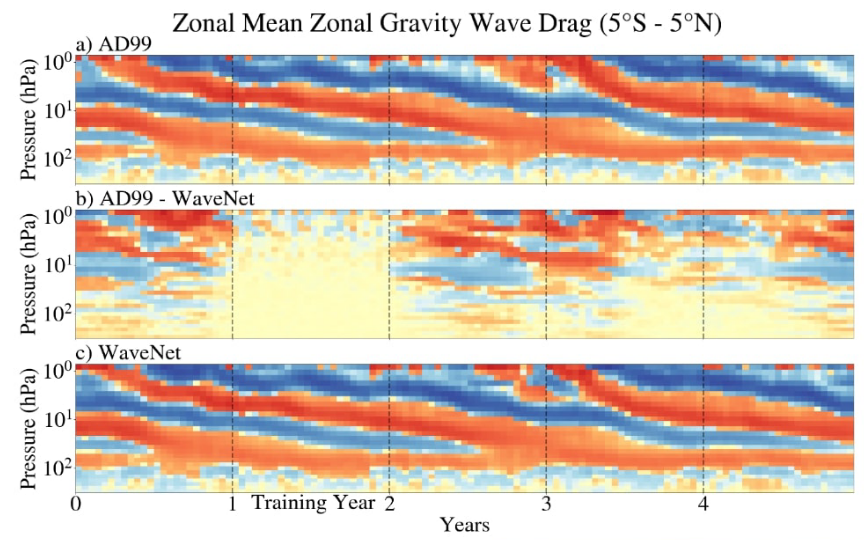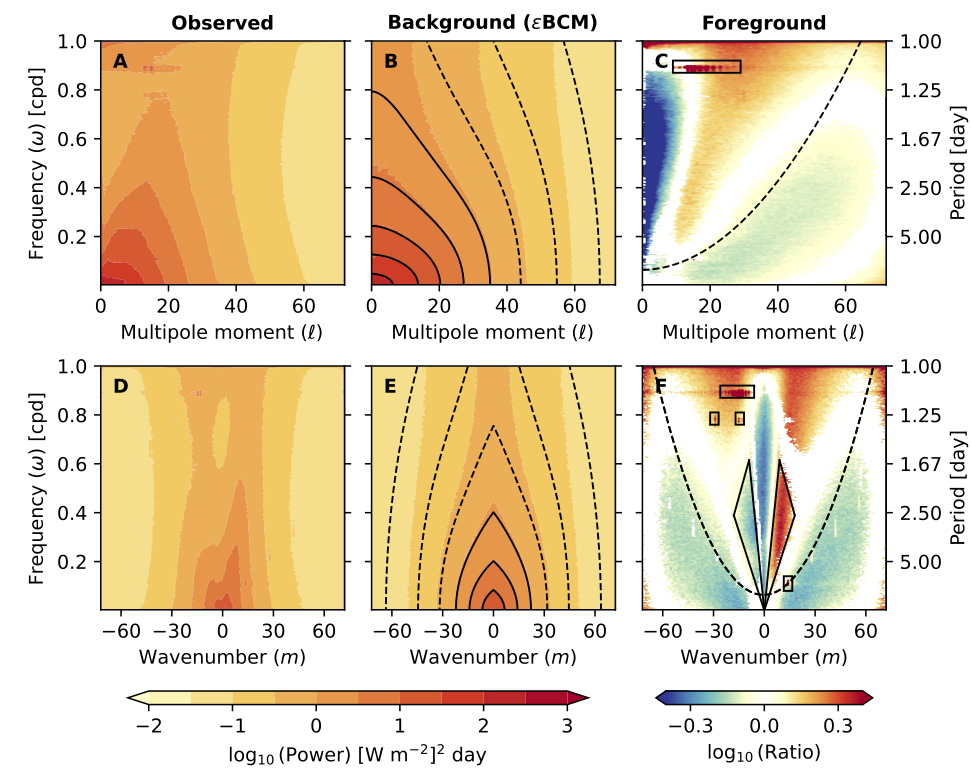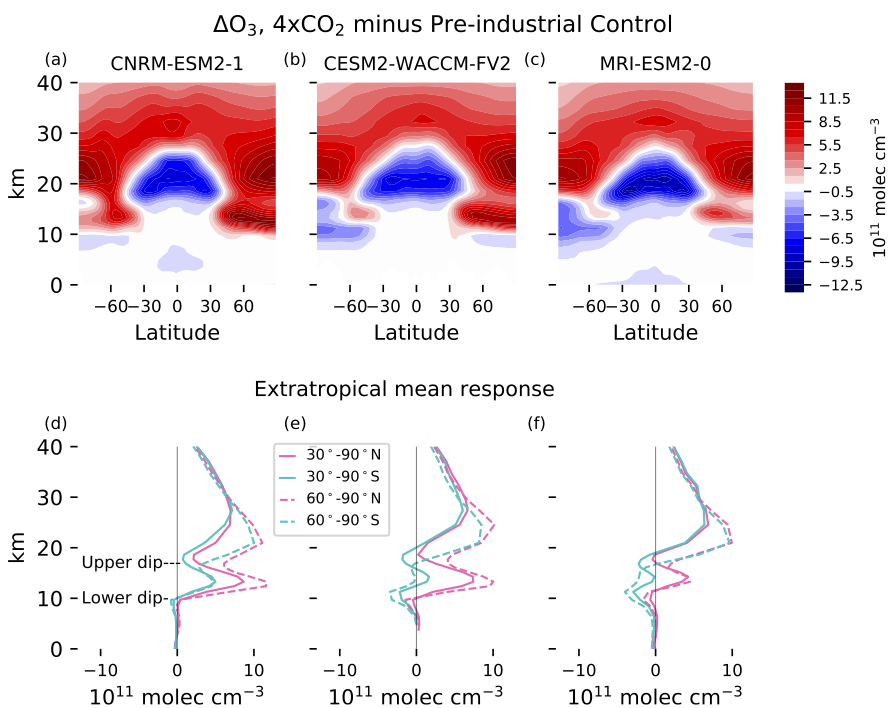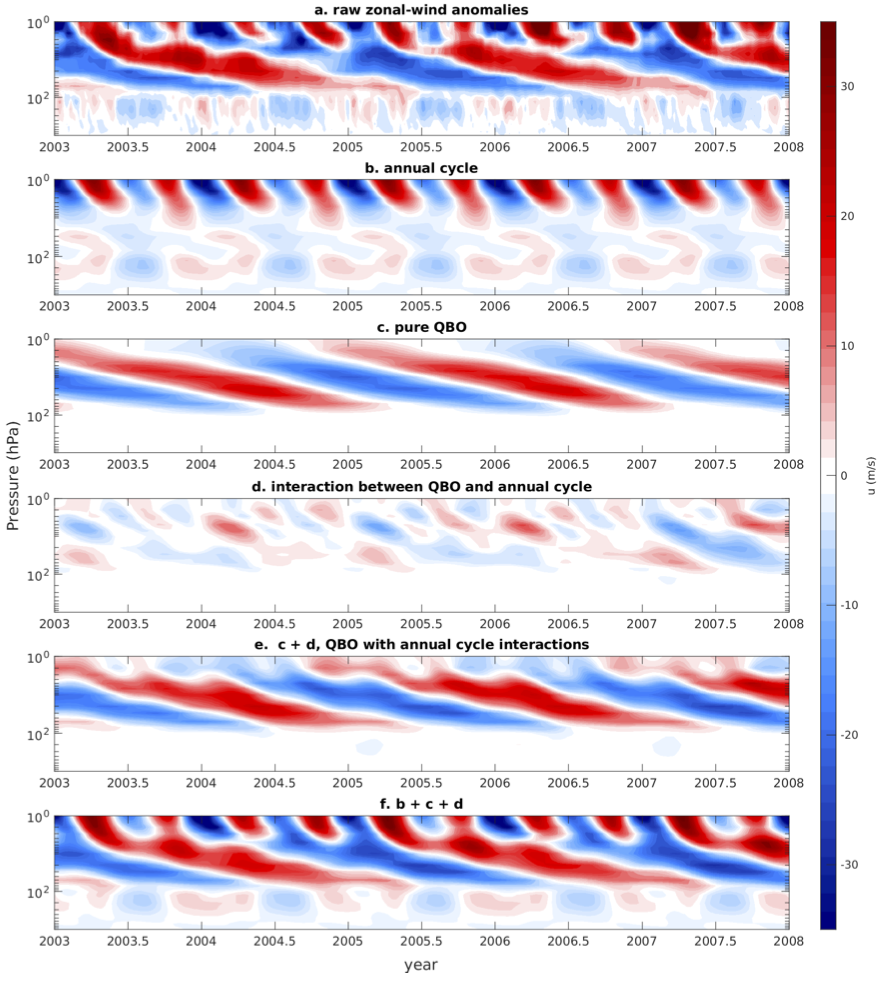Using machine learning to improve climate prediction!
Published:
Zac Espinosa’s study to replace a physics-based gravity wave parameterization with a neural network based emulator was just accepted in Geophysical Research Letters! 
Atmospheric gravity waves (GWs) or “buoyancy waves” are generated by perturbations in a stably-stratified environment. They mediate momentum transport between the lower and middle atmospheres and play a leading-order role in driving middle atmospheric circulation. Due to computational constraints, global climate models (GCMs) “parameterize” or estimate the effect of GWs on the large-scale flow. Current climate predictions are sensitive to uncertainties in these representations. Here, we examine whether machine learning, given limited data, can be used for gravity wave parameterization (GWP) in climate prediction. This approach represents an appealing technique to build data-driven GWPs that can reduce existing uncertainties by incorporating observations.




